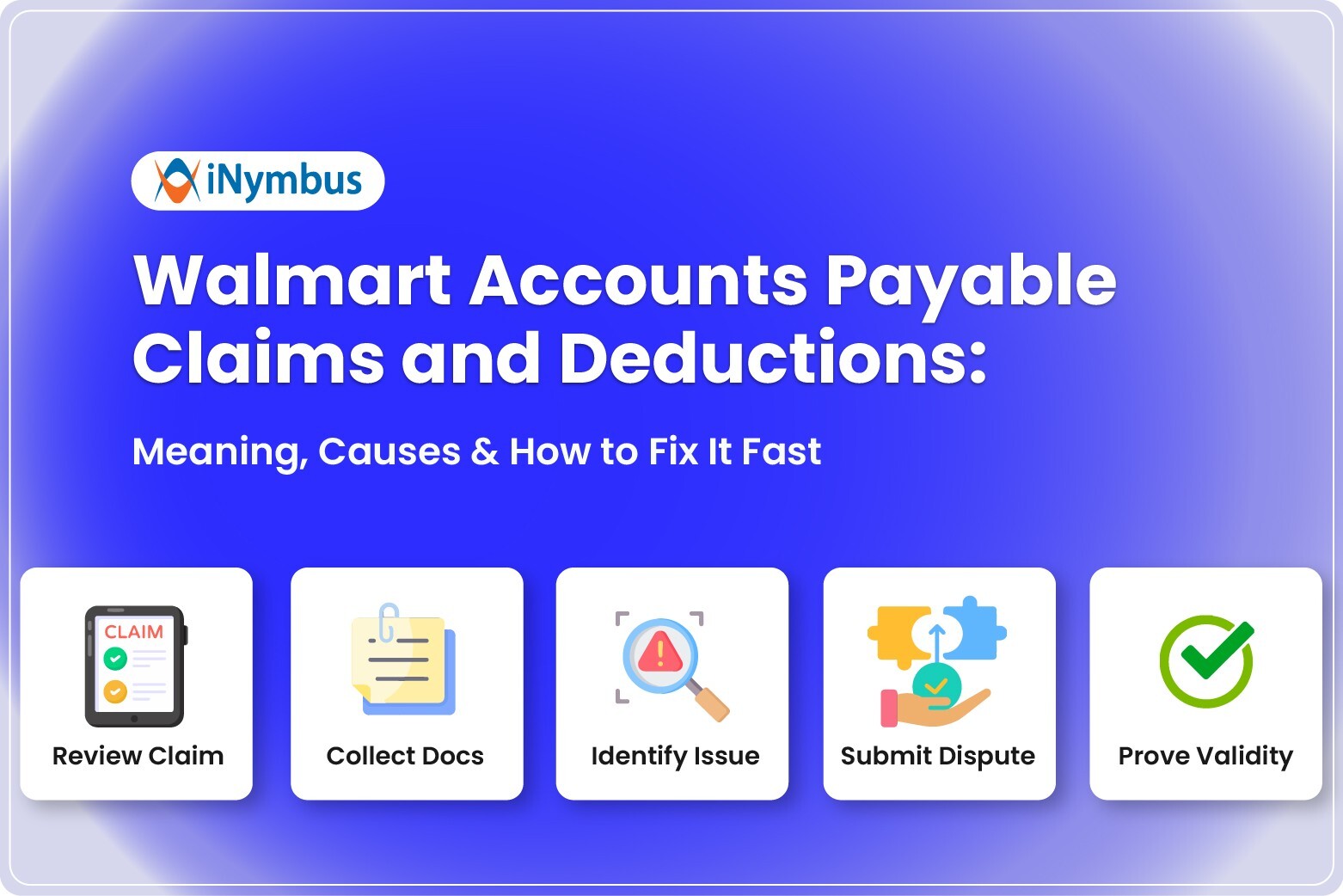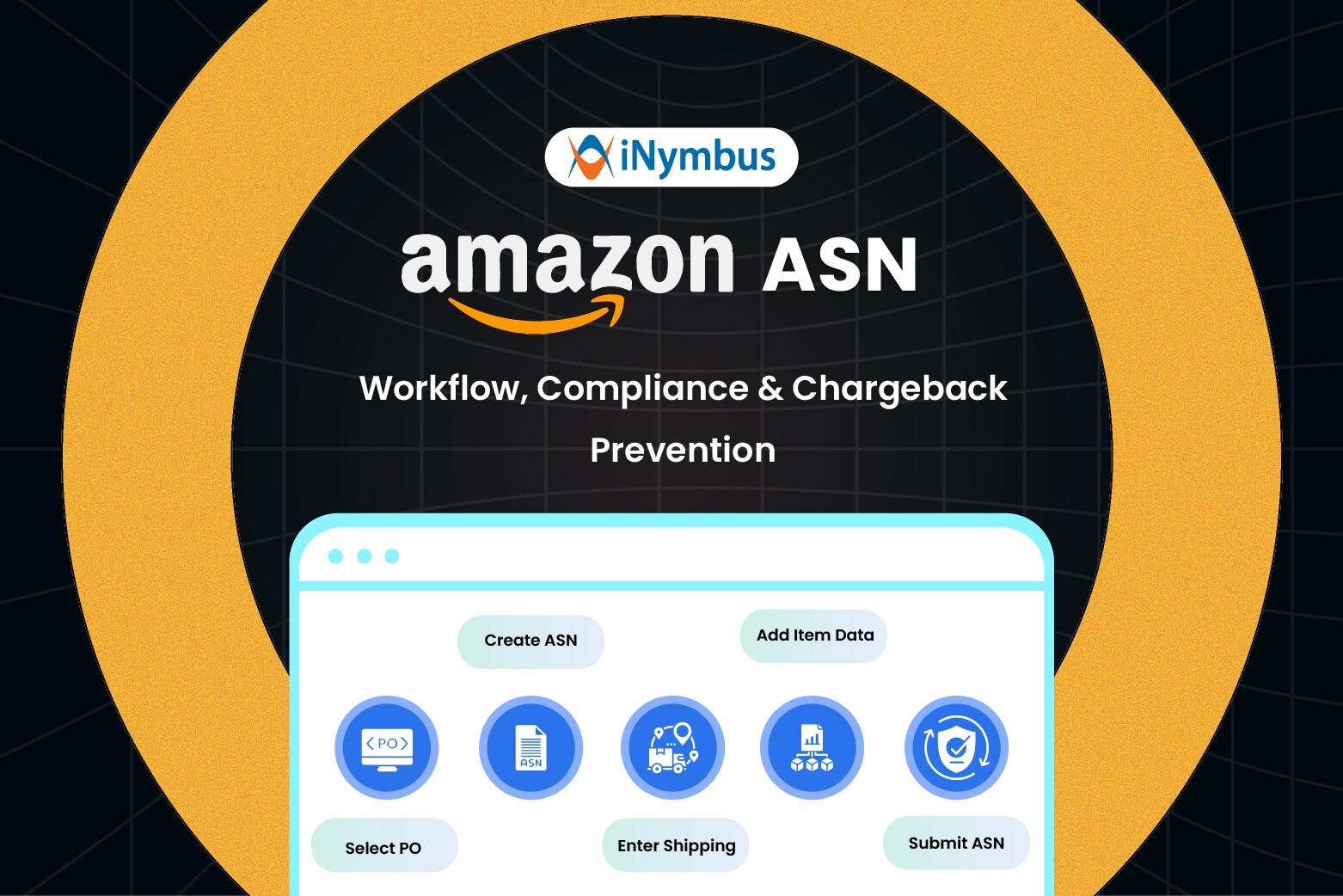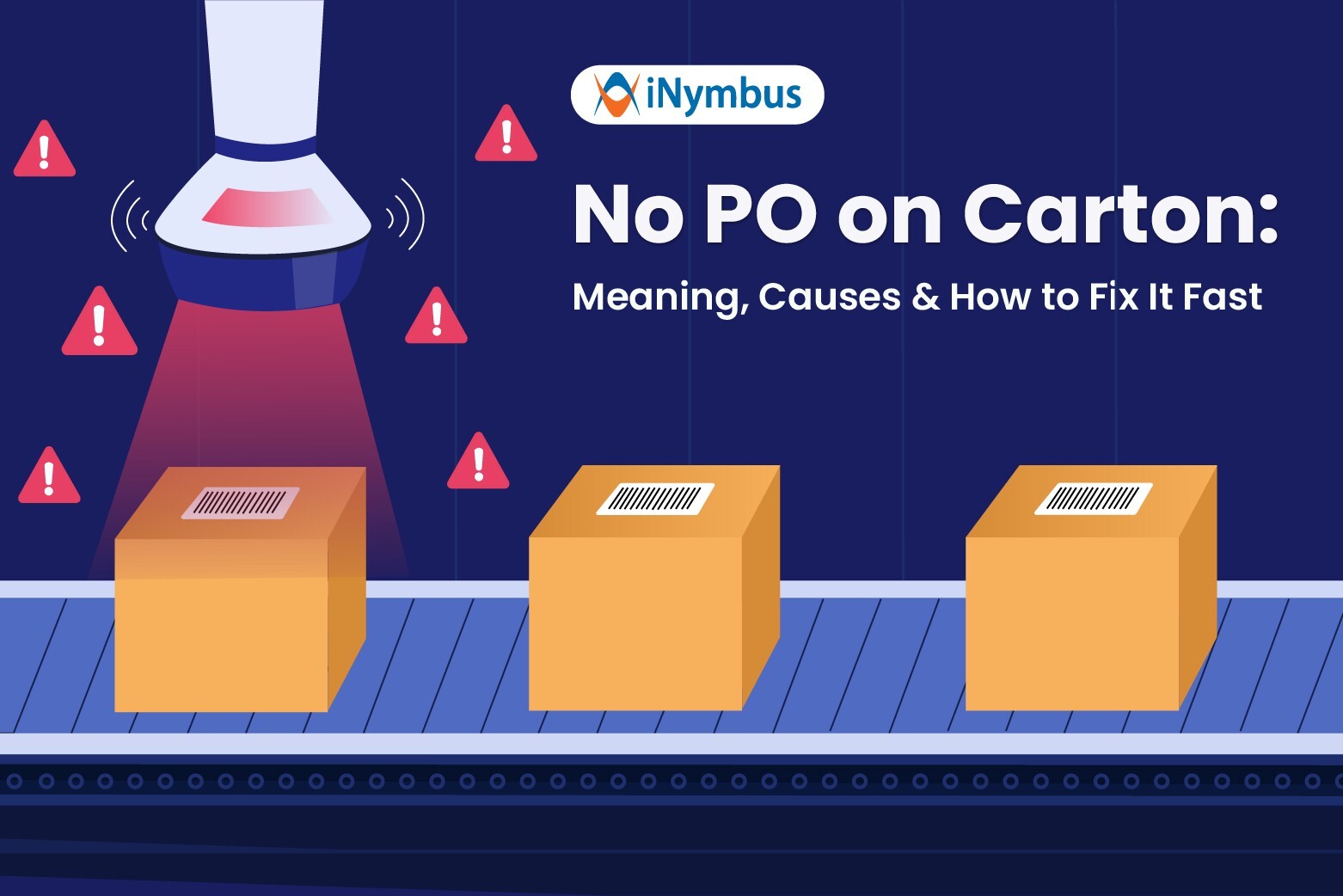What is Concealed Shortage? A Complete Guide
![11-2-26-blog [Recovered]-19](https://blog.inymbus.com/hs-fs/hubfs/11-2-26-blog%20%5BRecovered%5D-19.jpg?width=1562&height=1042&name=11-2-26-blog%20%5BRecovered%5D-19.jpg) Shipments arrive, invoices match, and everything seems in order until unpacking reveals missing products. By then, it’s too late to report at delivery, leaving suppliers to absorb the loss.
Shipments arrive, invoices match, and everything seems in order until unpacking reveals missing products. By then, it’s too late to report at delivery, leaving suppliers to absorb the loss.
In 2022, retailers lost $112.1 billion to inventory shrinkage, with concealed shortages playing a major role. Another $163 billion in wasted inventory comes from supply chain inefficiencies like overproduction and spoilage. These hidden losses disrupt operations, strain vendor relationships, and lead to costly disputes.
Why do concealed shortages keep happening, and what can businesses do to stop them? Let’s break it down.
Key Takeaways
- Concealed shortages often go unnoticed until unpacking, making them difficult to dispute and recover.
- Retailers issue shortage deduction codes that suppliers must dispute with proper documentation.
- Invoices, PODs, and BOLs are essential for proving shortages and challenging deductions.
- Manual dispute processes are time-consuming and inefficient, leading to revenue loss.
- Automation solutions like iNymbus streamline claims, reduce errors, and accelerate dispute resolution.
What is a Concealed Shortage? Comprehensive Overview
A concealed shortage refers to missing inventory that is not immediately apparent upon delivery but is only discovered later during unpacking, pallet breakdown, or order fulfillment. These shortages often remain undetected at the time of receipt, making them difficult to report and dispute.
Unlike visible shortages, which can be identified and documented upon arrival, concealed shortages create a more complex challenge. Since the shipment appears intact when received, discrepancies are only noticed after the delivery has been signed off, leaving suppliers responsible for the loss.
Some of the most common causes of concealed shortages include:
- Inner Carton Shortages: Fewer units inside a sealed box than what was recorded.
- Inner Pallet Shortages: Missing cases within shrink-wrapped pallets.
- Part Supplier Pack Shortages: Fewer items inside manufacturer packaging than expected.
How Concealed Shortages Happen in the Freight Process
Concealed shortages happen at different stages of the shipping process, often going unnoticed until unpacking:
- Picking and Packing Errors: Mistakes during order fulfillment lead to miscounts or incorrect packing before sealing the shipment.
- Loading and Shipping Issues: Missing items remain hidden inside sealed cartons or pallets, making shortages undetectable at first glance.
- Transit Mishandling or Theft: Shipments may be tampered with, misplaced, or stolen while in transit, but the outer packaging stays intact.
- Delivery and Initial Inspection: Retailers check pallet or carton counts upon receipt, but without opening them, shortages inside go unnoticed.
- Unpacking and Breakdown: Missing units or incomplete packs are finally discovered when shipments are opened at the destination.
- Dispute and Deduction Process: Retailers issue deductions and suppliers must provide invoices, PODs, and BOLs to challenge the claim, often leading to time-consuming disputes.
Real-Life Example of a Concealed Shortage
A supplier ships 1,000 units of a product to a Walmart distribution center. Upon delivery, Walmart verifies the shipment based on the pallet and carton count, signs off on the Proof of Delivery (POD), and accepts the order without noting any discrepancies.
A few days later, as Walmart unpacks the shipment and distributes items to individual stores, they discover that some cartons contain fewer units than expected. For example, a carton labeled to hold 50 units only contains 45. This shortage was not visible at the time of delivery, making it a concealed shortage.
Invoices, POD, and BOL in Shortage Disputes
When a concealed shortage happens, invoices, Proof of Delivery (POD), and Bills of Lading (BOL) become the backbone of any dispute. Without these documents, proving that items were missing after unpacking is nearly impossible.
Invoices provide the baseline for what was supposed to be delivered. If an invoice shows 500 units shipped but only 480 are found after unpacking, it becomes the starting point for a claim. However, invoices alone aren’t enough as retailers and suppliers need additional proof to challenge deductions successfully.
PODs confirm that a shipment was received, but they don’t always reflect shortages found later. If a warehouse signs off on delivery without unpacking every box, any missing items become the supplier’s problem. This is why tracking exceptions at delivery, such as damaged packaging or missing pallets, is crucial for strengthening a shortage dispute.
BOLs act as legal proof of what was handed off to the carrier. If the BOL matches the invoice but the received goods don’t, it indicates an issue that occurred in transit or at the warehouse. Comparing the BOL with inventory records helps pinpoint where the shortage happened.
Shortage Deductions From Retailers & How to Dispute Them
Retailers like Walmart, Target, and Amazon apply deduction codes when shipment discrepancies happen. Understanding these codes helps suppliers dispute invalid deductions efficiently.
Retailer Deduction Codes & How to Dispute Them on Different Retailer Portals
Walmart:
You can dispute them via the APDP Portal. For a step-by-step guide, check out our in-depth blog post where we walk you through the entire dispute process with screenshots and best practices.
- Code 24: Mismatch between invoice and received quantity.
- Code 21: Over-received or mis-shipped items.
- Code 22: Product received in unexpected packaging.
Read an in-depth guide on Walmart Deduction Codes here.
Target:
You can dispute them via the Synergy System. To see a detailed tutorial on how to navigate the system and submit a successful dispute, visit our blog post.
- A030: Fewer cartons received than invoiced.
- A034: Fewer units received than invoiced.
Amazon:
You can dispute them via Vendor Central. If you need a thorough breakdown of each step, including document requirements and tips for faster resolution, check out our detailed blog post.
Shortage Deductions: Fewer items received than invoiced
Challenges of Disputing Shortages Manually
Managing freight claims manually is a slow, labor-intensive process that creates bottlenecks for suppliers. Common challenges include:
- Document Retrieval Issues: Searching for invoices, PODs, and BOLs across multiple systems takes time and increases the risk of missing documents.
- Portal Uploads: Manually entering data into retailer portals is tedious and prone to errors.
- Cross-Department Coordination: Communication gaps between teams delay responses and reduce dispute success rates.
- High Volume Handling: Processing hundreds or thousands of claims manually is overwhelming and inefficient.
Without a streamlined approach, shortage deductions can lead to revenue loss, slower resolution times, and strained vendor-retailer relationships.
Hidden Costs of Frequent Shortages
Frequent concealed shortages create more than just financial losses: they lead to long-term operational and strategic challenges that many suppliers underestimate.
- Retailer Compliance Audits: A pattern of shortages can result in stricter checks, leading to higher penalties and delayed payments.
- Customer Trust and Brand Reputation: Retailers losing confidence in a supplier’s reliability may reduce order volumes or seek alternative vendors.
- Rising Freight and Handling Costs: Extra shipments to replace missing items increase logistics expenses and disrupt inventory planning.
- Legal and Contractual Risks: Failing to meet retailer requirements can result in breach-of-contract claims, financial penalties, or lost partnerships.
Automating Shortage Disputes with iNymbus
iNymbus is a cloud-based automated deduction management software designed to simplify and accelerate the dispute process for suppliers. By eliminating manual effort, businesses can recover revenue faster and focus on core operations.
Key benefits of iNymbus include:
- 30x Faster Dispute Processing: Automates document retrieval, claim filing, and submission.
- 40+ Retailer Support: Integrates with Walmart, Amazon, Target, and other major retailers.
- Scalability and Flexibility: Adapts to different business models and handles high dispute volumes efficiently.
- Advanced Data Analysis: Identifies trends and root causes of shortages to prevent future claims.
By using automation, suppliers can minimize workload, reduce errors, and maximize recovery on shortage claims.
FAQs About Concealed Shortage
1. What does concealed damage mean in shipping?
Concealed damage refers to damage that is not visible at the time of delivery but is discovered later when unpacking the shipment. This makes it difficult to prove that the damage occurred during transit rather than after delivery.
2. Can I file a claim for a concealed shortage?
Yes, but it can be challenging. You’ll need supporting documents like invoices, Proof of Delivery (POD), and Bills of Lading (BOL) to dispute the shortage with the carrier or retailer.
3. How long do I have to report a concealed shortage?
The timeframe varies by carrier and retailer. Some require claims within a few days, while others may allow up to 30 or 60 days. It's best to check their specific policies and report shortages as soon as they are discovered.
4. How can I prevent concealed shortages in my shipments?
To reduce the risk of concealed shortages, implement strict packing controls, conduct thorough receiving inspections, and use inventory tracking systems to monitor discrepancies.





